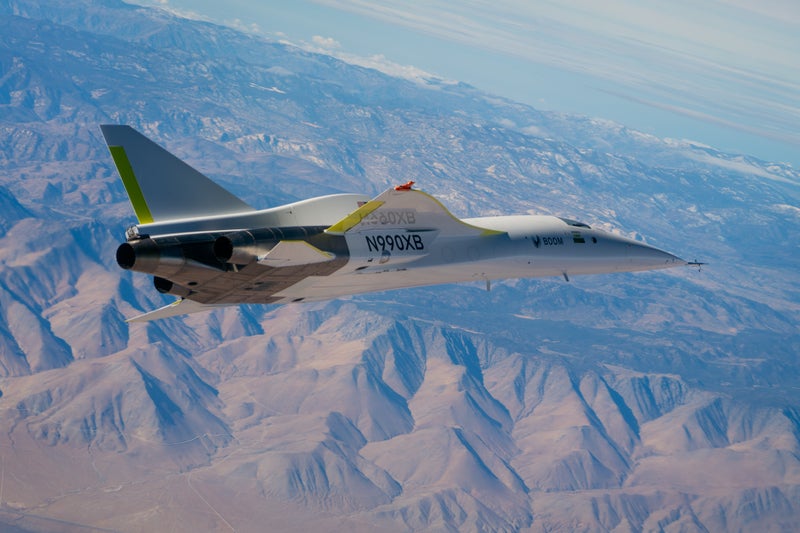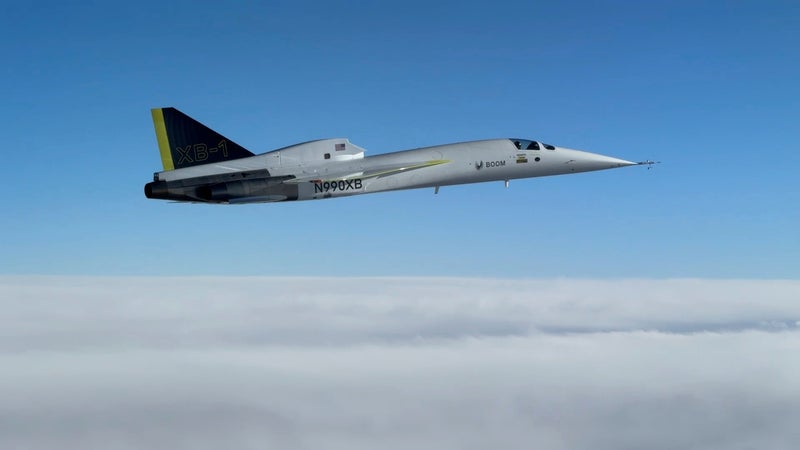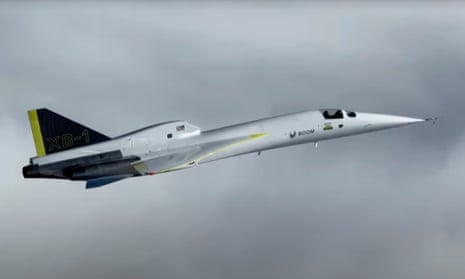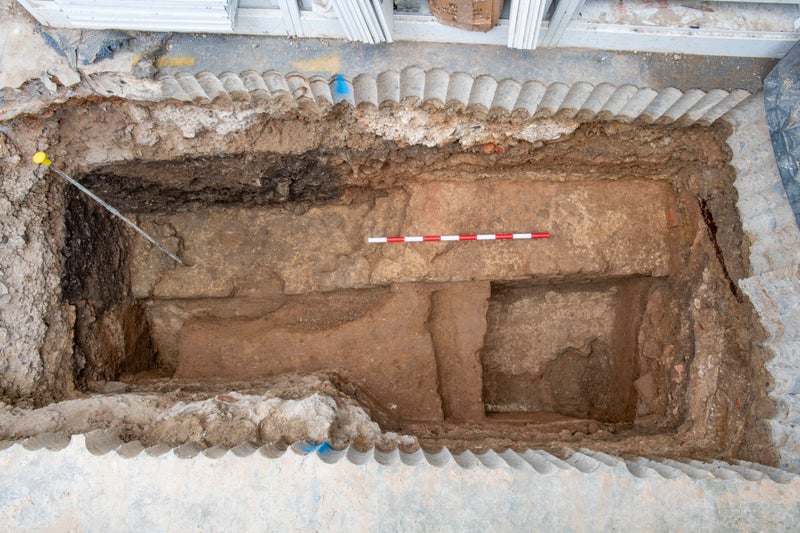NASA has completed the engine ground tests on its supersonic jet, which is expected to take to skies later this year. The X-59 jet is Nasa and Lockheed Martin's joint offering, which the pair hope will retire the deafening sonic boom that is usually associated with supersonic aircraft. “We have successfully progressed through our engine ground tests as we planned,” said Raymond Castner, X-59 propulsion lead at NASA’s Glenn Research Center, in an agency release.
![[NASA's quiet supersonic jet during a test run.]](https://www.thesun.co.uk/wp-content/uploads/2025/02/nasa-fired-quiet-supersonic-jet-972886648.png?strip=all&w=960)
“We were getting smooth and steady airflow as predicted from wind tunnel testing. "We didn’t have any structural or excessive vibration issues. And parts of the engine and aircraft that needed cooling were getting it.”. When planes exceed the speed of sound at Mach 1 - or about 767mph - they produce a thunderous boom. The explosion-like noise was part of the reason supersonic aircraft were banned in the US more than 50 years ago.
![[NASA's quiet supersonic jet X-59 engine firing.]](https://www.thesun.co.uk/wp-content/uploads/2025/02/nasa-fired-quiet-supersonic-jet-972886580.jpg?strip=all&w=960)
These aircrafts were so loud they made people's windows rattle, and scared livestock. It was caused by air pressure waves combining to form a shock wave produced by the plane’s extreme speed. The X-59 is designed to hit speeds of 924mph, at an altitude of roughly 55,000ft. But Nasa and Lockheed say the research jet won't have a troublesome sonic boom when it eventually flies. The 30m-long and 9m-wide plane has a sharp, stiletto-style nose that engineers believe will quieten the noise - demoting it from a sonic boom to a "sonic thump".
![[NASA's quiet supersonic jet, XB-1, in flight.]](https://www.thesun.co.uk/wp-content/uploads/2025/02/nasa-fired-quiet-supersonic-jet-972886583.png?strip=all&w=960)
“We expect the X-59 sonic thump to be as low as about 75 perceived loudness decibels,” Larry Cliatt, sub-project manager for the Quesst acoustic validation phase, said in an update last year. “That is a lot quieter than the Concorde, which was over 100 perceived loudness decibels.”. 75 decibels is about as loud as a toilet flushing - and half as loud as a balloon popping. The jet's F414-GE-100 engine is also mounted on top of the aircraft, in an effort to reduce the amount of noise that reaches the ground.
![[a nasa jet is flying over a city]](https://www.thesun.co.uk/wp-content/uploads/2024/05/2021-handout-nasas-x-59-902239569.jpg?strip=all&w=960)
It's unclear when the X-59 will take to the skies for the first time. The jet was supposed to make its inaugural flight last year, but it was postponed. Nasa has yet to issue an updated timeline on its flight schedule, though the first flight is expected to occur in 2025. Once the X-59 flies for the first time, the space agency will put the plane through a series of tests to see how the sonic thump is experienced at ground-level.
![[NASA's X-59 quiet supersonic jet during engine testing.]](https://www.thesun.co.uk/wp-content/uploads/2025/02/nasa-fired-quiet-supersonic-jet-972886577.jpg?strip=all&w=960)





























